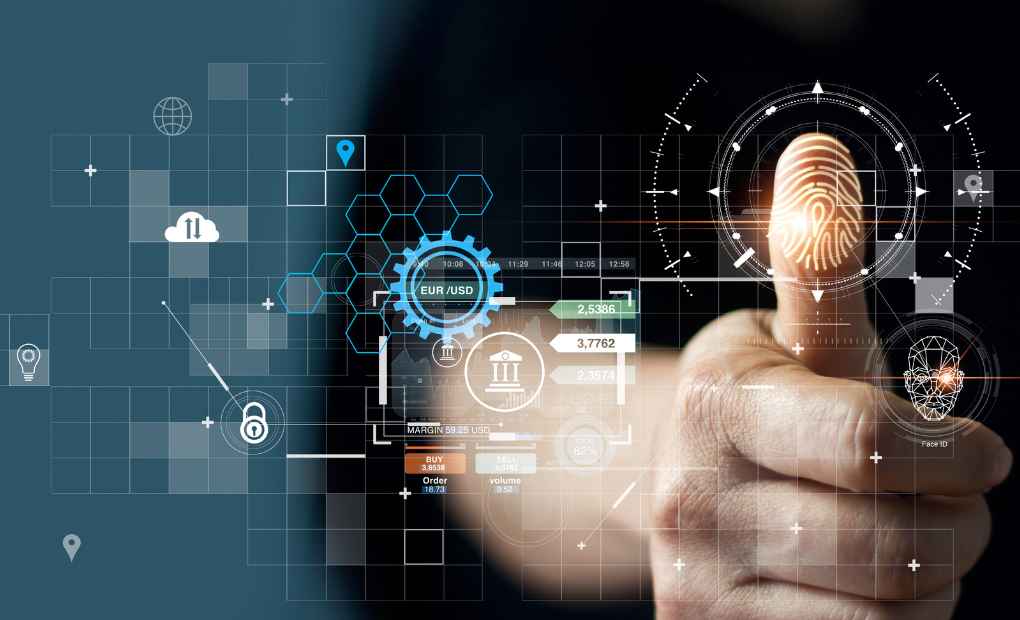How to Protect the Digital Identity of Employees
It is essential to protect employees’ digital identity and personal data against cyber attacks. Failure to do so means exposing sensitive data that can be used for malicious purposes. Its consequences affect the private and professional spheres of the worker and the company to which he belongs or provides services.
Digital identity protection should be taken just as seriously as identity protection in the real world. Just as we would not let anyone review our personal diaries, have our bank details, or freely enter our homes, we should also protect our digital identity.
Sharing personal or banking details, emails, geographic locations, photographs, or videos increases the chances of being a victim of cybercrime.
Prevention measures are thus critical to an organization’s cybersecurity strategy and the employee experience. They must increasingly be more aware, trained and informed about protecting their privacy. According to recent data from IDC, 90% of companies are addressing an IT strategy shift, with cybersecurity ranked among the top three investment priorities.
Keys to protect the digital identity of workers in the company
Update software and devices: Malware or viruses that infect computing devices constantly evolve. It is necessary to have the latest updates installed to protect both employees and the company from malware attacks.
Secure networks and passwords: Public, open and/or unprotected Wi-Fi should be avoided. The company must encrypt connections using, at a minimum, the WPA-2 system. Passwords need to be different for each application, changed regularly, and stored in a secure location.
Two-factor authentication: A system that requires two or more ways to identify yourself when accessing a service or application. It is a model that adds an extra security layer to the access to devices and platforms.
Good use of websites and applications: Users must be aware of the SSL security certificates and the privacy policies of any website that requests personal data. As a rule, care should be taken on all web platforms whose URL does not begin with “https,” the secure HTTP protocol.
Backup: As with businesses, it is recommended that all users have backup copies of their valuable information. These must be stored safely, physically or in a secure cloud storage service dedicated to it.
Training and awareness: The most essential step to protect workers’ digital identity is the workforce’s training and understanding. Workers need preparation to handle the cybersecurity tools available to the company and to know the risks to which they can expose the company.
Most cybersecurity incidents continue to start with human error. It is essential not to open suspicious emails or send sensitive information to someone unknown, connect to secure networks, maintain strong passwords and only access certain websites and applications. They are all actions that happen, first of all, by the employee.

